1. Miami’s Little Havana, Florida
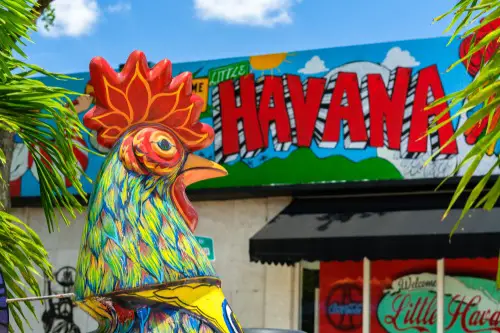
Little Havana is culturally rich, but it’s struggling under the weight of rising rents and increasing crime. What was once a tight-knit, immigrant-friendly community now feels under siege from gentrification and neglect, according to Trevor Bach from The Miami New Times. Residents complain that city services are lacking and infrastructure is crumbling. Even beloved local landmarks feel like they’re fading.
Some families have been here for generations but feel priced out or pushed out. New luxury condos feel out of place and unaffordable for the people who built the neighborhood. Tensions between old and new are growing, and many locals are quietly leaving. It’s becoming harder to recognize the Little Havana they once loved.
2. New Orleans’ French Quarter, Louisiana

Tourists may love the French Quarter’s party vibe, but locals are getting fed up. The constant noise, crowds, and public drunkenness make everyday living tough. Rent has skyrocketed, but basic services haven’t improved, according to Kaitlin Rust from Fox 8. Infrastructure issues like potholes and weak drainage add to the stress.
Even longtime residents say the Quarter feels more like a theme park than a home. Quality of life has dipped, especially during peak tourist seasons. Safety can be an issue late at night, and some locals feel pushed out by short-term rentals. The charm is still there, but many are ready to move on from the chaos.
3. San Francisco’s Tenderloin, California
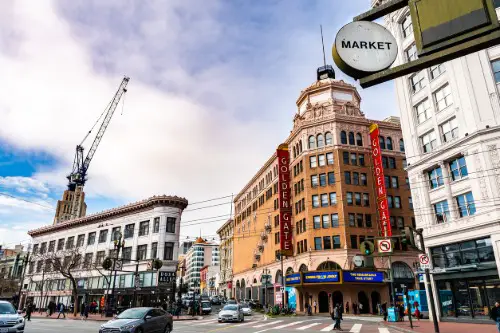
The Tenderloin has long been known for its gritty atmosphere, but in recent years, things have taken a turn for the worse. Rising crime, rampant drug use, and visible homelessness have made daily life stressful for residents, according to Garrett Leahy and Eddie Sun from The San Francisco Standard. Locals often say they don’t feel safe walking alone, even during the day. Businesses are shuttering, and many families are looking for a way out.
Despite its central location and proximity to tech hubs, the neighborhood feels neglected. Locals express frustration that city officials seem more focused on optics than solutions. The cost of living doesn’t match the quality of life, making it an easy place to want to leave. People who’ve been there for generations are now searching for better opportunities elsewhere.
4. Austin’s Riverside, Texas

What was once a vibrant, culturally diverse neighborhood is now overwhelmed by high rents and constant construction. Longtime residents feel pushed out by gentrification and a wave of luxury developments. The character of the neighborhood has changed dramatically, and not everyone is on board. The traffic alone is enough to drive anyone away—especially with endless roadwork and poor public transit.
The area still has beautiful river views, but many say it feels like a shell of its former self. Newcomers may love the shiny apartments, but older locals miss the sense of community that’s slipping away. Noise from constant building and nightlife makes it hard to find peace. More and more people are quietly packing their bags and heading for quieter suburbs.
5. Chicago’s South Shore, Illinois
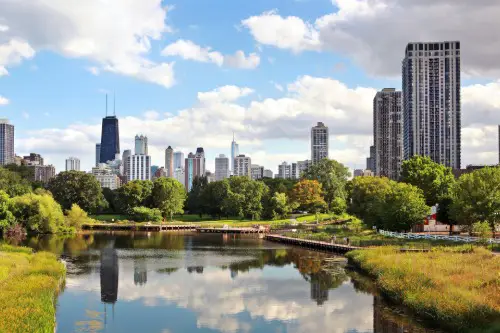
Once a proud neighborhood with deep roots in Black culture and history, South Shore is struggling with a surge in violent crime and economic decline, according to Siri Chilukuri from The Guardian. Residents say they feel ignored by city leaders and under-served when it comes to infrastructure and schools. Gun violence has spiked in recent years, and safety is a daily concern. Families who’ve lived there for decades are now looking to move for their children’s sake.
The community spirit still runs strong, but it’s overshadowed by constant worry. Vacant lots and abandoned buildings add to the feeling that no one’s paying attention. People want to stay and fight for their neighborhood, but many feel forced out by circumstance. It’s heartbreaking for those who still love what South Shore used to be.
6. Portland’s Old Town, Oregon

Old Town used to be Portland’s nightlife hub, but now it’s become one of the city’s most troubled areas. The pandemic hit it hard, and recovery has been slow at best. Open drug use, tent encampments, and safety concerns are frequent complaints from locals. Businesses have closed their doors, and foot traffic has dropped drastically.
The charm of the old architecture is still there, but it’s hidden behind boarded-up windows and graffiti. Police presence has dwindled, and residents feel like they’re on their own. Community clean-ups have helped, but not enough to restore confidence. Many locals are making the tough decision to leave for neighborhoods with fewer problems.
7. Seattle’s Capitol Hill, Washington

Capitol Hill was once the heart of Seattle’s creative and LGBTQ+ communities, but now it’s known for protests, rising rent, and urban unrest. The CHOP (Capitol Hill Organized Protest) zone in 2020 left a mark, and recovery has been uneven. Crime and homelessness are major issues, and some say city leadership has been ineffective. There’s a growing sense that the area is declining fast.
Many residents are moving out not because they want to, but because they feel like they have to. The cost of living doesn’t match the safety or cleanliness of the streets. Some community staples have closed, adding to the feeling of loss. For those who remember what it used to be, it’s heartbreaking.
8. Los Angeles’ Skid Row, California
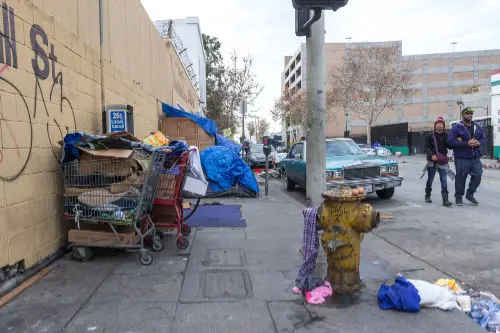
Skid Row has always struggled, but the situation has grown more dire. It’s become a symbol of L.A.’s failure to address homelessness and mental health care. Crime, trash, and lack of basic sanitation are daily challenges for anyone living nearby. Residents in surrounding neighborhoods say the spillover effects are impossible to ignore.
Efforts to help have been inconsistent, and many feel like things are getting worse, not better. Locals feel helpless as the problem deepens year after year. The humanitarian crisis unfolding there is both visible and persistent. Those nearby often choose to move rather than wait for change that never seems to come.
9. Philadelphia’s Kensington, Pennsylvania
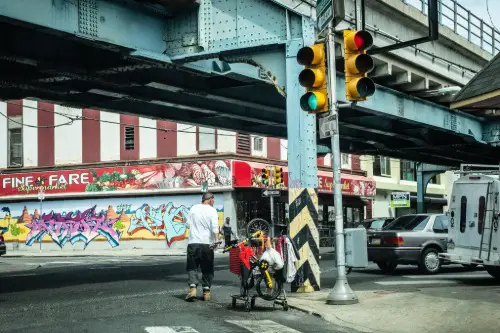
Kensington is facing one of the worst drug epidemics in the country, particularly with the rise of xylazine, also known as “tranq.” The streets are lined with encampments, and open drug use is shockingly common. Residents say they live in a constant state of stress and fear. Businesses have closed, and families are packing up.
City efforts to clean up the area have been met with mixed results, and locals are losing hope. Parents worry about raising their kids in such an environment. Despite its strong community roots, many are leaving simply to preserve their peace of mind. It’s a neighborhood crying out for real solutions.
10. Detroit’s Brightmoor, Michigan

Brightmoor has faced decades of disinvestment, and it shows. Blighted homes, illegal dumping, and limited services have left residents feeling forgotten. Crime is a persistent issue, and many blocks look like ghost towns. Local efforts to revitalize the area are ongoing but slow-moving.
Despite some green shoots of hope, many feel the neighborhood is stuck in limbo. Property values are low, but the cost of staying—emotionally and physically—is high. Families who once saw this as a stepping stone are now looking elsewhere. The lack of opportunity makes it hard to justify staying.
11. Brooklyn’s East New York, New York
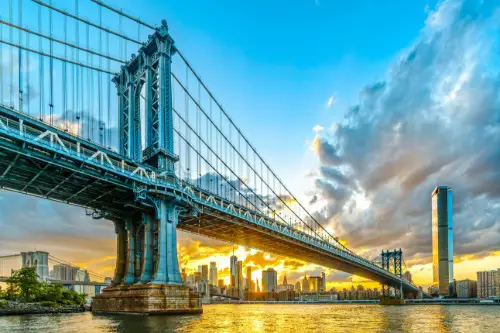
East New York has long had a reputation for being tough, but recent years haven’t brought the improvements many hoped for. Gun violence and poverty are still big issues, despite promises of change. Schools and public services often lag behind other parts of the city. For many residents, it feels like they’re living in a forgotten corner of the borough.
Real estate interest has spiked, but locals fear it will only lead to displacement. Affordable housing is vanishing, and longtime residents are being priced out. Some still hope for a revival, but many are already making plans to leave. It’s a place full of potential, but weighed down by long-standing problems.
12. Atlanta’s Vine City, Georgia

Vine City sits in the shadow of the Mercedes-Benz Stadium, yet faces intense poverty and neglect. Crime and abandoned buildings are common, and economic growth hasn’t reached local families. The contrast between the stadium’s glitz and the surrounding decay is hard to ignore. Residents feel like they’ve been left behind in the city’s development boom.
Community organizations are doing important work, but it’s not enough to stem the tide of people leaving. Infrastructure is outdated, and job opportunities are scarce. Locals love their neighborhood, but many are moving out of sheer necessity. It’s a tough decision, but one they say they have to make.


